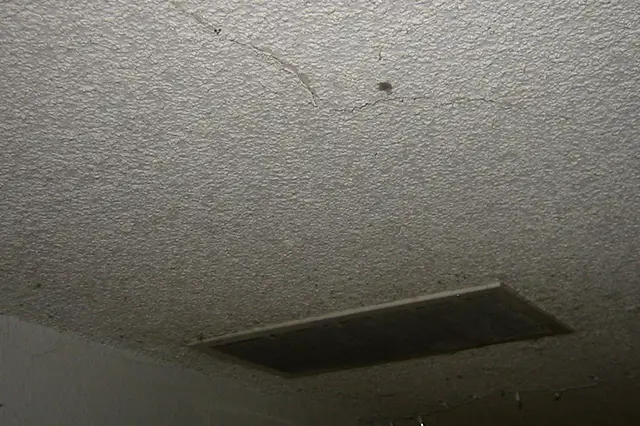Why Your Home’s Cracked Ceiling Could Mean Disaster
Ceilings are one of the most important aspects of any home. Not only do they provide shelter and comfort, but they also play a major role in the aesthetics of a room. Given this importance, it’s no surprise that many homeowners take their ceilings for granted. They may not realize that a loose ceiling could be a sign of larger problems with the house – like water damage or even structural weakness. In this blog post, we will explore some of the signs that your home’s ceiling is cracking and what you can do to prevent disaster. We will also offer some tips on how to repair or replace a cracked ceiling in case it becomes a major issue.
What Causes Cracked Ceilings?
Ceilings can crack for a variety of reasons, including settling and deterioration. The most common cause is settling, which is when the house settles on its foundation and the ceilings below move. This can be caused by condensation, air leaks, or even changes in humidity levels.
Deterioration is another common cause of ceiling cracks. This occurs when the building materials used to build the house dry out and shrink, causing the walls and ceilings to pull away from each other. This can lead to holes in the ceilings that allow water and bugs into your home.
If you notice any signs of damage or decay in your ceiling, such as cracking or holes, you should contact a professional to assess the situation and determine what needs to be done to fix it.
How to Fix a Cracked Ceiling
Fixing a cracked ceiling can be a daunting task, but it’s not impossible. Here are a few tips to help you get started:
1. Measure the circumference of the hole and note down the measurement.
2. Use an ice pick or a screwdriver to pry up any loose pieces of plaster near the crack. This will give you access to the ceiling joist, which you’ll need to fix.
3. Cut a piece of wood that is at least twice as long as the circumference of the hole and big enough to fit snugly inside, then use it as a template to cut out a replacement piece of ceiling joist. Make sure the new piece is level and fits tightly against the wall so water won’t be able to seep in.
4. Cover the area around the crack with spackling compound, then nail up the new ceiling joist in place with screws. Finally, paint or seal over the nails and cracks with an acrylic or latex paint or finish.
If you need help fixing a cracked ceiling, don’t hesitate to call a professional.
Preventing Cracked Ceilings in the Future
If you live in a home with a cracked ceiling, you may be thinking that the problem is minor and can be remedied with a little adhesive. However, if the crack continues to widen, water will start pooling inside your home and eventually lead to major damage. In order to prevent this from happening in the future, it is important to take action as soon as you notice a crack in your ceiling. If you are unable to fix the crack yourself, hiring a professional should be your next step. By taking these steps early on, you can help protect your home from costly repairs down the road.

